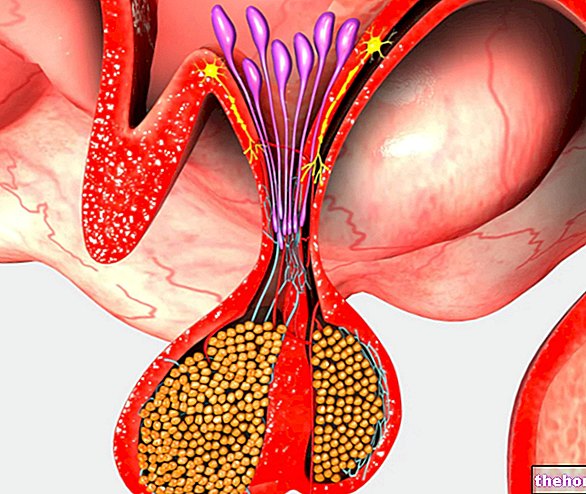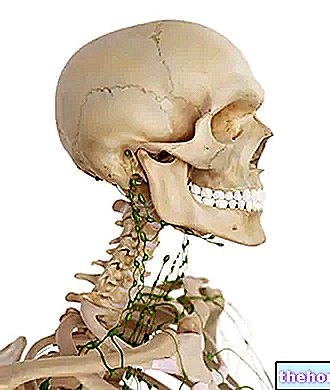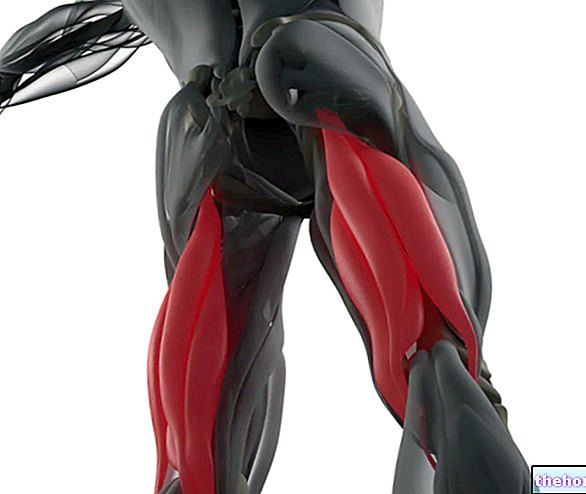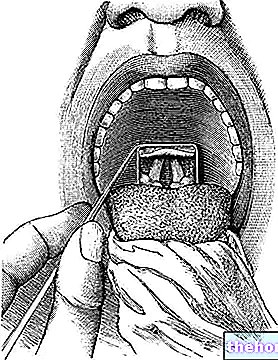Edited by Dr. Luca Franzon
Engineering teaches us that a building, in order to be together and develop upwards, needs vertical structures, but at the same time, to keep it together and stabilize it, transversal structures are needed. In the human body these structures are represented by the diaphragms. You read that right. Not the diaphragm but the diaphragms. In the osteopathic field, three diaphragms are in fact considered: the tentorium of the cerebellum (a flap of dura mater that separates the cerebellum from the occipital lobes of the brain), the thoracic diaphragm and the pelvic diaphragm (the so-called pelvic floor).
We will limit ourselves to describing the function of the thoracic diaphragm, an extremely important muscle segment in sport and fitness.
Andrew Taylor Still, father of osteopathy and great connoisseur of human anatomy, describing the thoracic diaphragm said: "Through me you live and through me you die. In my hands I have the power of life and death, learn to know me and be serene".
Surely Still's sentence is of absolute effect and suggests and understands several concepts. The diaphragm is a fundamental part of our body and, if it is free from restriction, it allows the body itself to be in good health.
It should be known that this muscle develops in the embryonic phase and that the diaphragmatic dome is formed by the migration of structures starting from the cervical tract (C3-C5). This close relationship between the cervical tract and the diaphragm suggests that cervical pain can be caused by the blocked diaphragm (and vice versa).
What does the diaphragm look like? It is a muscular-tendon dome that separates the thorax from the abdomen. It has an irregular shape because it is wider in the lateral direction than in the antero-posterior direction and is higher on the right side than on the left side, due to the presence of the liver. It can be divided into two portions: a central tendon (phrenic center) and a peripheral muscle. The muscle portions have various insertions: vertebral, costal and sternal.
The diaphragm assumes particular importance for the relationships it contracts with important structures of the autonomic system. Together with the esophagus, in fact, the vagus nerves also pass through here: the left vagus nerve is anterior to the esophagus and the right is posterior. These two nerve components are part of the regulation system of all vegetative life, therefore the irritation of one of the two can create reflex disturbances. The pressure relations between thorax and abdomen are therefore fundamental for a correct physiology. being altered also the respiratory mechanism is altered: in subjects with an abdominal flaccidity the respiratory mechanism becomes "low", different from subjects with abdominal hypertonia in which there is high, apical breathing.
Another great importance is from a postural point of view: in fact, a "hyperextension of the upper lumbar tract is quite often observed in subjects with a high type of breathing: in the presence of a diaphragm that tends to remain in a relatively high position (in exhalation) the continuous tractions towards the anteriority transmitted by the pillars on the lumbar attachments can consequently create accentuations of the lumbar curve in the upper portion.
Conversely, people with a low diaphragm (on inspiration), for example in subjects with a large abdominal ptosis, a loss of physiological curves associated with an accentuation of the low lumbar lordosis is observed.

The diaphragm is also of great importance on an emotional level, and it is true that there is a characteristic way of saying to define a great emotional stress: "I missed my breath", or "I received a punch in the stomach", hence the emotional shocks , as well as the physical ones, inevitably condition this structure and can be stored by the tissues. Do not forget the importance of the diaphragm on the mechanics of digestion: it has a function that facilitates the peristalsis of the organs under the diaphragm (in particular the stomach), thanks to its continuous pump movement.
At this point you may be wondering what is the use of training the diaphragm and how to train it.
The diaphragm is a muscle involved in almost all functions of the body; it can be used in the ground part of collective fitness classes; a high-level personal trainer can intervene on this part with methods (described later) to give a plus in the training of his client. It is desirable that stressed and tense people release the diaphragm to decrease muscle tension.
Here are some exercises:
DIAPHRAGM SELF-MASSAGE:
from supine decubitus, exert a light and progressive pressure just below the costal margin with your hands. In this self-massage of the diaphragm bring more attention to the right side for the presence of the liver.DETENSION OF THE DIAPHRAGM PILLARS: from the supine position, place a tennis ball at the level of the lumbar vertebrae and try, with movements up and down the ball, to self-massage the area.
DETENSION THROUGH EXPIRATIONS: from the supine position, place the lower limbs on a bench in order to reset the lumbar curve. From this position, inhale and exhale forcefully, thanks to the contraction of the abdominals.
DETENSION THROUGH PARADOX WORK OF THE DIAPHRAGM: from the supine position, after an inhalation try to exhale only at the thoracic level to inflate the belly or to bring the diaphragm downwards (in the inspiratory position).
The diaphragm training should be done every time you realize you are not breathing well, when you are stressed or when you want to get in touch with your body in a deeper way. The diaphragm corresponds to the 3rd chakra or "Chakra. of the Solar Plexus ". In this Chakra the thrust that leads the individual to affirm himself in life and with respect to the world around him is born, facing the continuous challenges of everyday existence. It is the seat of personal charisma, of awareness of being a unique individual beyond the simple need to survive.
An imbalance of this center can make it easy to anger, predispose to ulcers of nervous origin, to the inability to be calm, while an imbalance in the opposite direction can cause shyness, low energy, the need to resort to external substances to stimulate one's body. , tendency to submission and digestive disorders.









.jpg)


















